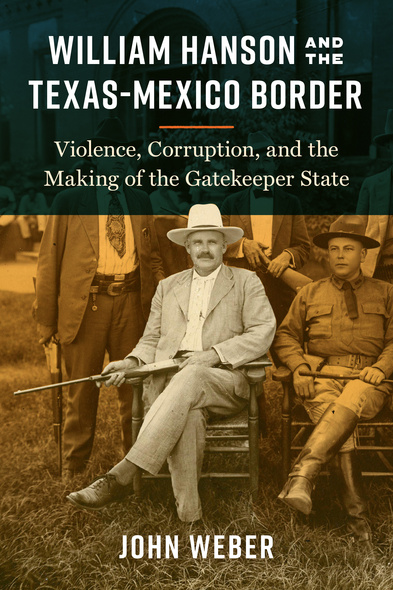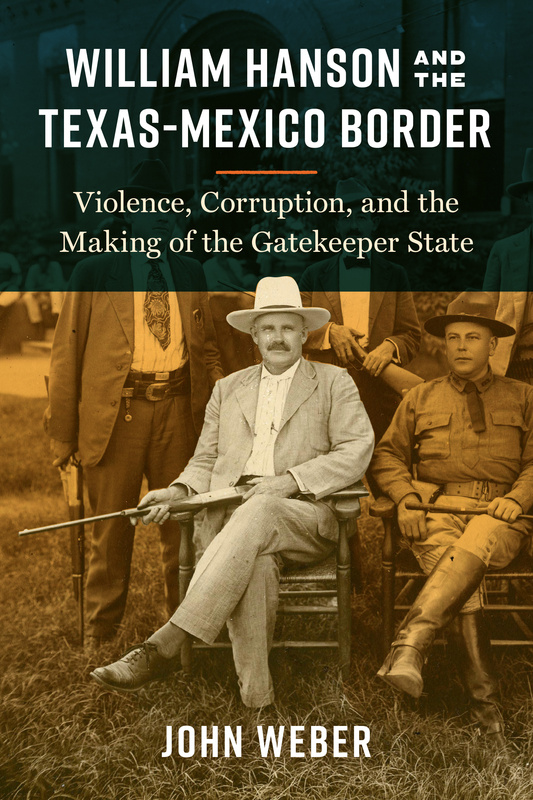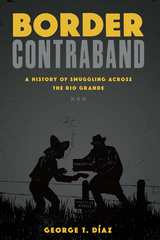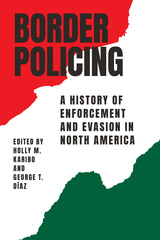William Hanson and the Texas-Mexico Border
Violence, Corruption, and the Making of the Gatekeeper State
An examination of the career of Texas Ranger and immigration official William Hanson illustrating the intersections of corruption, state-building, and racial violence in early twentieth century Texas.
At the Texas-Mexico border in the 1910s and 1920s, William Hanson was a witness to, and an active agent of, history. As a Texas Ranger captain and then a top official in the Immigration Service, he helped shape how US policymakers understood the border, its residents, and the movement of goods and people across the international boundary. An associate of powerful politicians and oil company executives, he also used his positions to further his and his patrons' personal interests, financial and political, often through threats and extralegal methods.
Hanson’s career illustrates the ways in which legal exclusion, white-supremacist violence, and official corruption overlapped and were essential building blocks of a growing state presence along the border in the early twentieth century. In this book, John Weber reveals Hanson’s cynical efforts to use state and federal power to proclaim the border region inherently dangerous and traces the origins of current nativist politics that seek to demonize the border population. In doing so, he provides insight into how a minor political appointee, motivated by his own ambitions, had lasting impacts on how the border was experienced by immigrants and seen by the nation.
[This book] is not a typical biography...Weber historicizes Hanson’s actions as part of a much larger economic and political shift...this tale of one man’s life ill-lived should interest modern readers because of its echoes through the present.
[This book] is an uncomfortable but necessary reminder that racism, violence, and corruption have a long and sordid history in this country.
William Hanson was the man on the scene, from the capture of Gregorio Cortez, through American efforts to stop the Mexican Revolution, to the early years of the Border Patrol. The macabre, fascinating story of his key role in creating the modern U.S.-Mexico borderlands is meticulously reconstructed and finally given the attention it deserves in this superb book.
William Hanson and the Texas-Mexico Border reveals the illusory nature of state-building in the early twentieth century, convincingly using a ‘top-down’ approach to show that full state control of borders has long been a deliberate myth propagated by US officials. John Weber’s argument is highly original and thought-provoking, and this exceptionally well-done book makes important and interesting contributions to borderlands history.
John Weber is an associate professor of history at Old Dominion University in Norfolk, Virginia, and the author of From South Texas to the Nation: The Exploitation of Mexican Labor in the Twentieth Century.
- List of Illustrations
- Introduction
- Part I. Fragile Dreams of Empire
- Chapter 1. Revenge, Impunity, and White Supremacy
- Chapter 2. In the Employ of Fall
- Part II. Gatekeeping
- Chapter 3. Deportation, Inconvenient Exiles, and Postrevolutionary State-Building
- Chapter 4. Immigration Control and the Numbers Game
- Epilogue
- Acknowledgments
- Notes
- Bibliography
- Index








